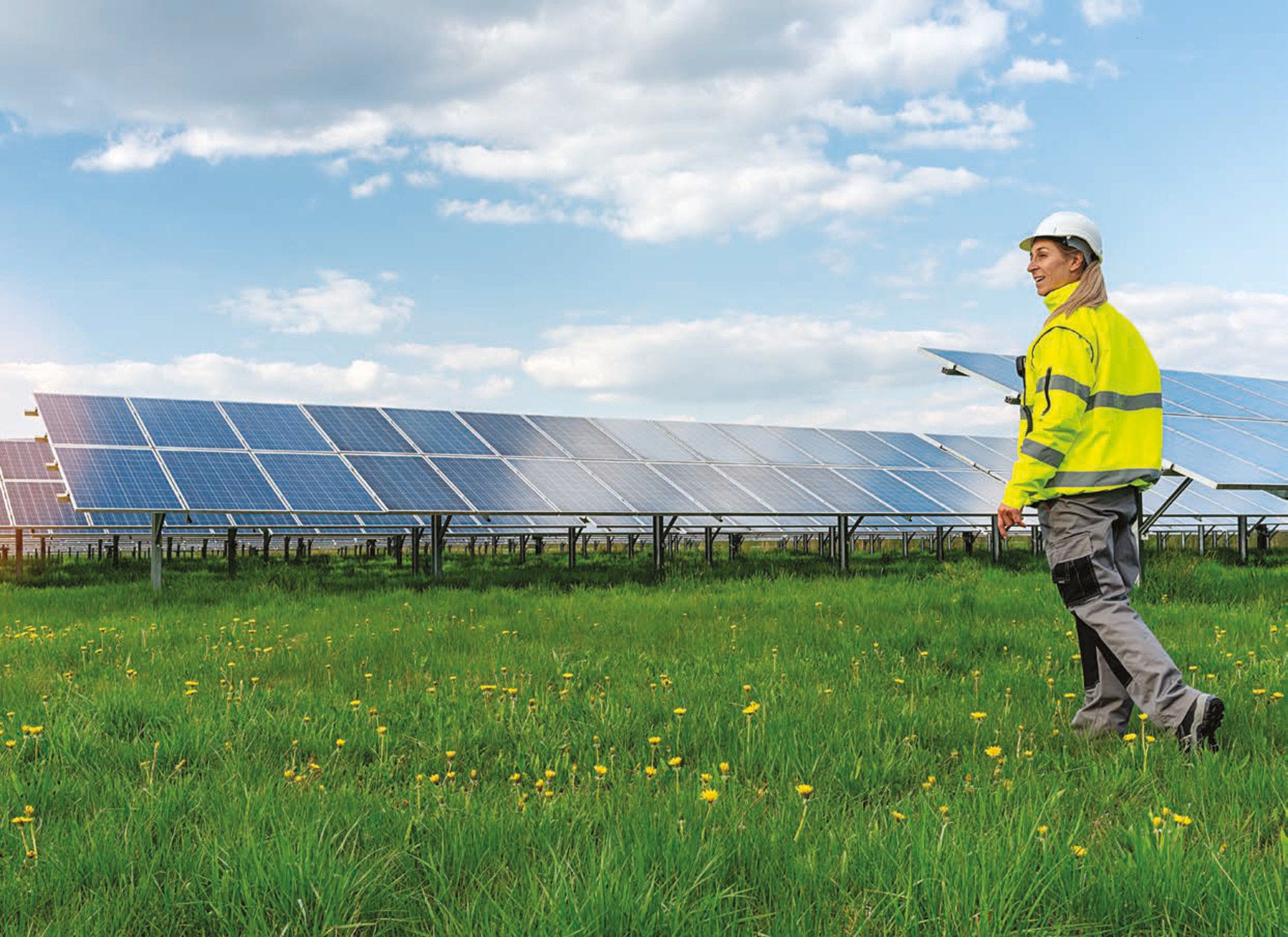See more data for New Zealand on the related dashboard.
Economic Policy Reforms 2023
Going for Growth

New Zealand
Product and labour markets functioning
Performance gaps
Productivity is low by international comparison, in part due to muted product market competition arising from geographical isolation, and skills and qualifications mismatches.
Effective corporate tax rates are high, holding back capital investment and FDI.
Regulatory barriers to competition are low in general, but the retail grocery sector is dominated by a duopoly of two large supermarket chains.
Recommendations
Monitor the effect of the 2021 reforms in the FDI screening regime and streamline the procedure further if needed.
Assess the appropriateness of the current corporate tax rate.
Implement the 2023 reforms to reduce barriers to competition in the retail grocery sector and amend them if competition does not noticeably rise.
Digital transition
Performance gaps
Despite a solid digital infrastructure, the digital sector is small by international comparison. Digital innovation and uptake of digital technologies by firms are also relatively low. Moreover, low rates of secondary school achievement and tertiary attainment have resulted in a weak domestic pipeline of ICT skills, with chronic labour shortages in the ICT sector.
Recommendations
Improve mathematics and science teaching in primary schools, including by putting more emphasis on inquiry plus guided teaching using well-articulated knowledge bases for both the student and the teacher.
Advance the national digitalisation strategy by providing a strong mandate for strategic coordination across all relevant policy areas and by collecting the data needed to support it.
Inclusiveness, social protection, and ageing
Performance gaps
Income inequality is around the OECD average, but has widened over time. The child poverty rate, which is one of the government’s main wellbeing objectives, is also higher than the OECD average, especially among Māori and Pasifika. Outcomes in health and education continue to be worse for Māori and Pasifika.
Recommendations
Continue to prioritise improving wellbeing for Māori, Pasifika, sole parents and children, through targeted income, education, health and housing policies.
Develop programmes to help Māori and women pursue digital careers.
Climate transition
Performance gaps
New Zealand has amongst the highest greenhouse gas emissions (GHG) emissions (excluding land use, land-use change and forestry) per capita among OECD countries and is not on track to meet its emissions reduction targets. Emissions from agriculture -mainly methane- and road transport will need to fall substantially if New Zealand is to transition to a low-emissions economy.
Recommendations
Complement the progressive tightening of the supply of emissions permits with targeted measures (such as support for electric vehicle infrastructure) that address market failures not corrected by carbon pricing alone.
Subject biological GHG emissions to a carbon price either at the farm level, as recently proposed by the government following consultations, or through inclusion in the New Zealand emission trading scheme.